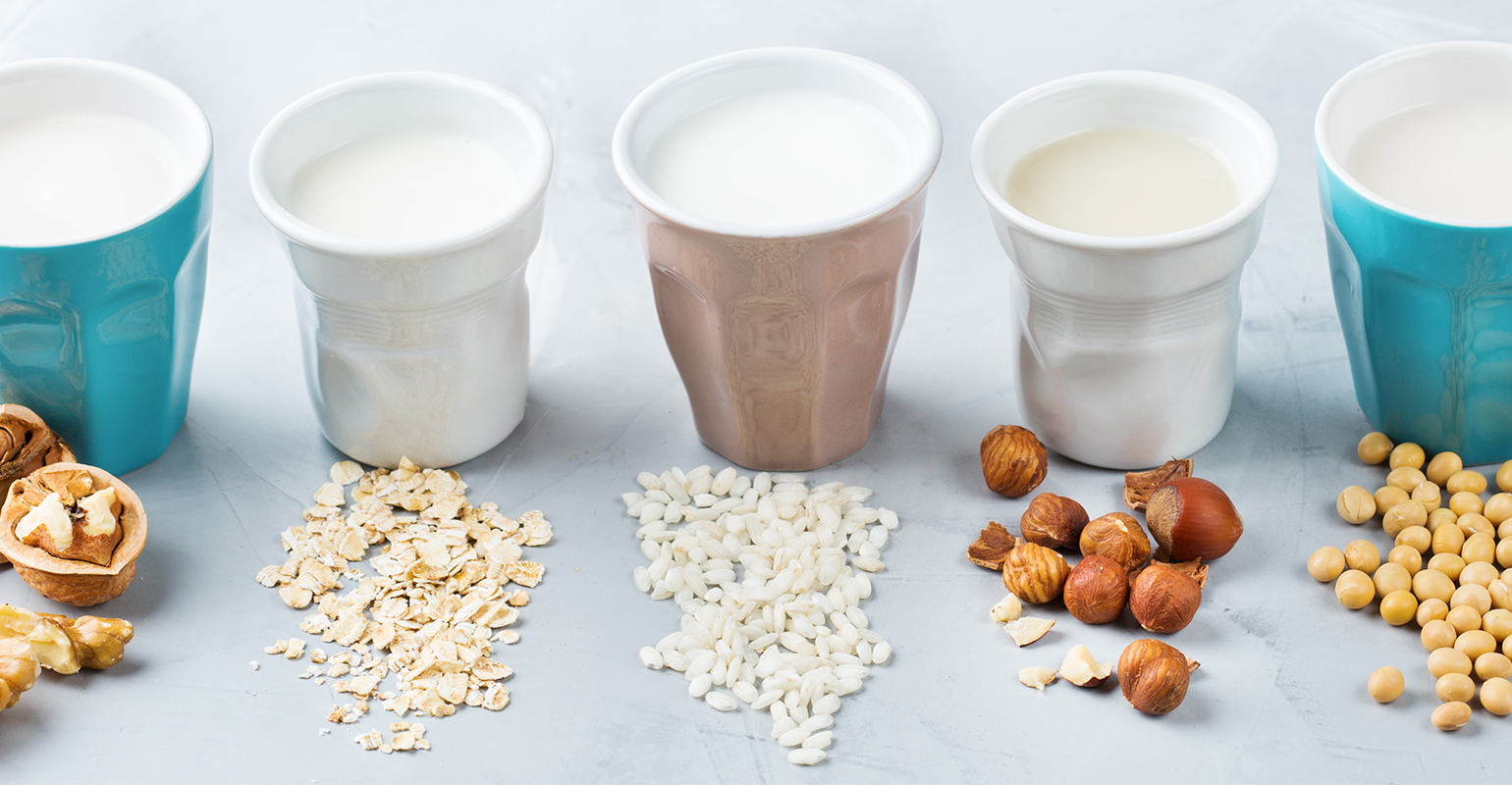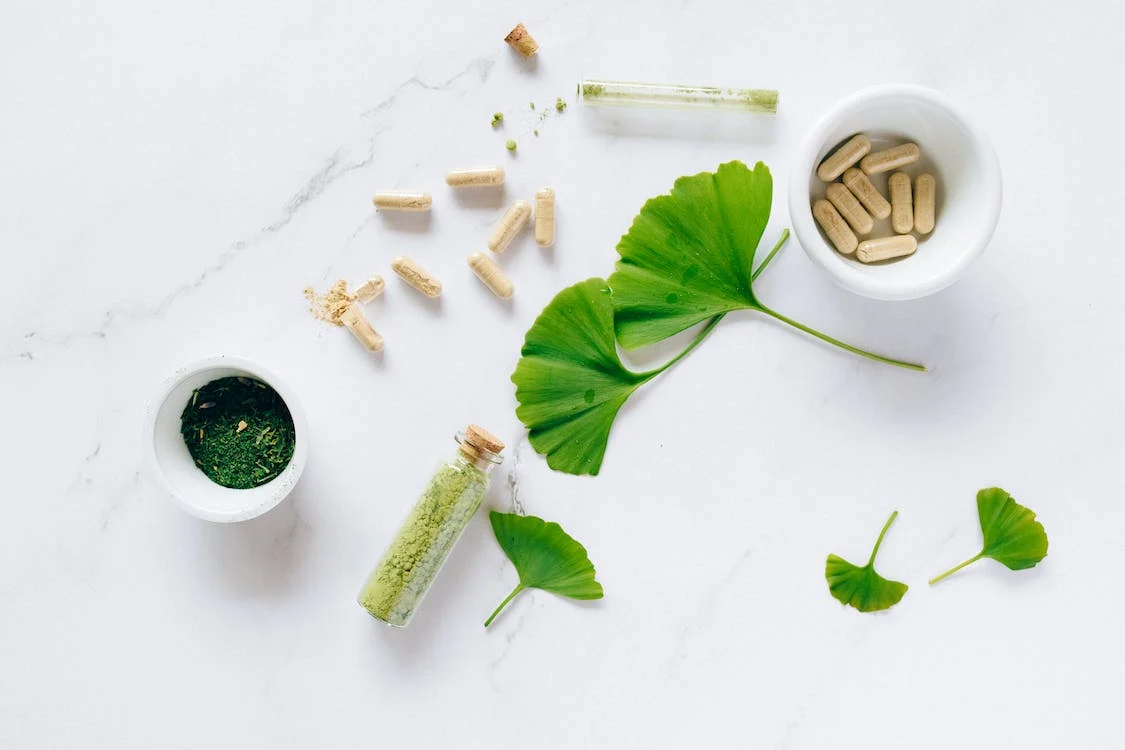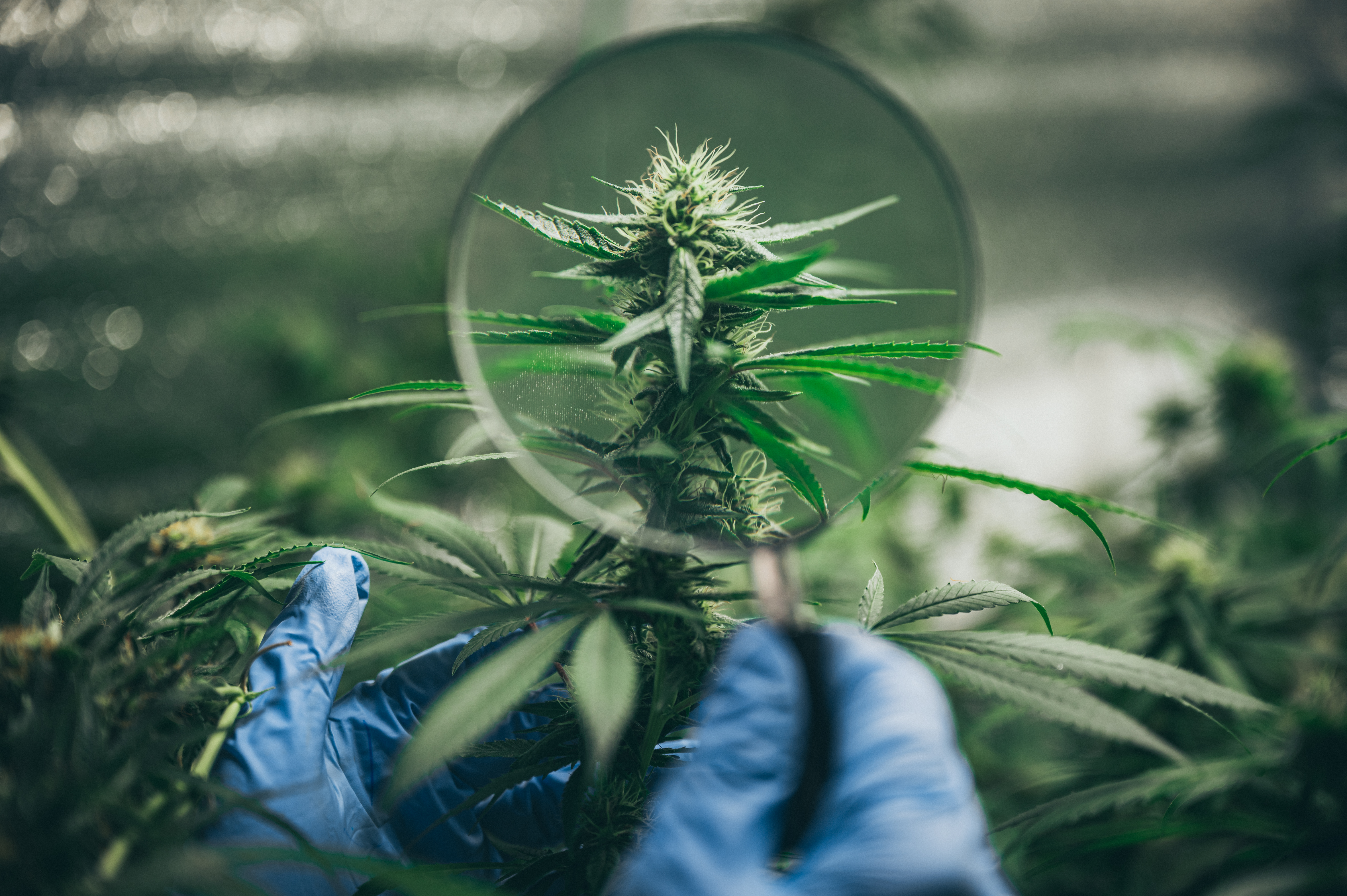Lactose intolerance is defined as the reduced ability of the human body to digest lactose. According to the National Institute of Diabetes and Digestive and Kidney Diseases (NIDDK), an average of 68% of the world’s population has lactose intolerance. The prevalence of lactose intolerance or lactose malabsorption is high across Asia Pacific and Africa due to a lack of genetic mutation for digesting lactose. According to the National Institute of Health (NIH), lactose intolerance is quite common in the adult population in East Asia, affecting 75-95% of the people in these communities. Thus, countries, such as China, Japan, South Korea, and Taiwan, are potential markets for dairy alternatives.
Further, according to Food Allergy Research and Education, 6.1 million Americans of all ages showed compelling milk allergy symptoms as of 2019. People with lactose intolerance are recommended to have a lactose-free diet to avoid allergies and digestive problems such as diarrhea, abdominal bloating, and nausea. Moreover, people who are allergic to milk are also recommended to consume plant-based dairy products. Therefore, such people are searching for alternatives that are easy to digest and fulfill their daily nutritional needs.
Dairy alternatives or dairy-free products are made from almond milk, soy milk, and coconut milk, which are free from lactose. Moreover, plant-based dairy products have similar texture, creaminess, and consistency to conventional dairy products. Moreover, plant-based dairy products are fortified with nutrients, such as protein and calcium, that meet the daily nutrient requirements of consumers. Thus, the increasing prevalence of lactose intolerance and milk allergies among consumers is driving the dairy alternatives market.
A few players operating in the baking ingredients market are SunOpta; Blue Diamond Growers; Nestle SA; Danone S.A.; Oatly Inc.; Califia Farms, LLC; Valsoia S.p.A.; Lactasoy co. th; Sanitarium; and Valio Ltd. among few others.



